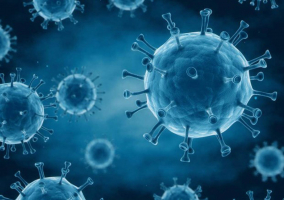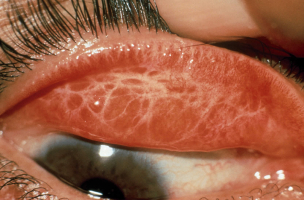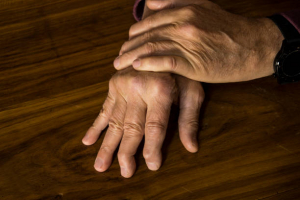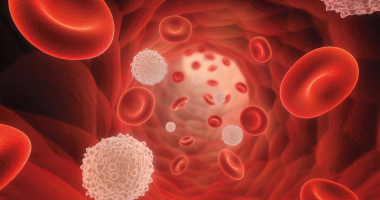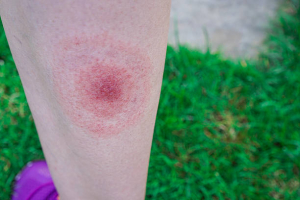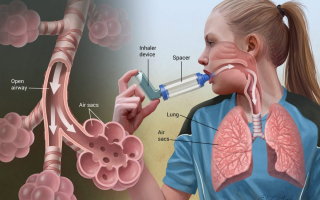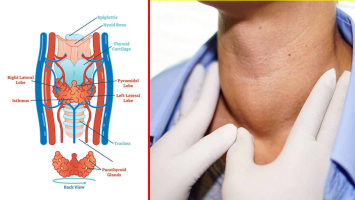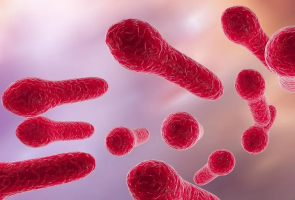Top 10 Genetic Conditions with Remarkably Weird Symptoms
When you hear about a genetic condition in the news, it's usually presented as rare. You might be surprised to learn that approximately 60% of people will ... read more...experience health problems as a result of a genetic condition. The symptoms can range from extremely mild to catastrophic. Many of the more common or severe conditions receive a lot of media attention, but there are numerous others that come with a slew of unusual symptoms that are less well-known. Here is a list of genetic conditions with remarkably weird symptoms.
-
Among the genetic conditions with remarkably weird symptoms, fatal familial insomnia is one of them. Fatal familial insomnia (FFI) is a rare genetic condition that causes progressive insomnia—the inability to sleep. Insomnia worsens to the point where it interferes with daily functioning, eventually leading to a coma and death. It's highly unlikely that you have FFI if you have trouble sleeping. According to experts, only 100 people in 30 families in Europe, China, Japan, Australia, and the United States are carriers of the gene that causes this disease. This disease has a non-genetic variant known as sporadic fatal insomnia (sFI). Experts are baffled as to what causes sFI.
Symptoms of FFI usually appear when you’re between the ages of 40 and 60. They start off mild but progress quickly. In most cases, the first symptom is insomnia, or difficulty sleeping. This may result in confusion and difficulty focusing. Insomnia worsens over time, and other symptoms may emerge. Many of the symptoms that occur after the onset of insomnia are caused by a lack of sleep.
The majority of people with FFI die within 6 to 36 months of the onset of symptoms due to heart problems or infections caused by the underlying condition. The symptoms of sporadic fatal insomnia are similar but progress differently. If you have sFI, you may first have problems with balance or memory.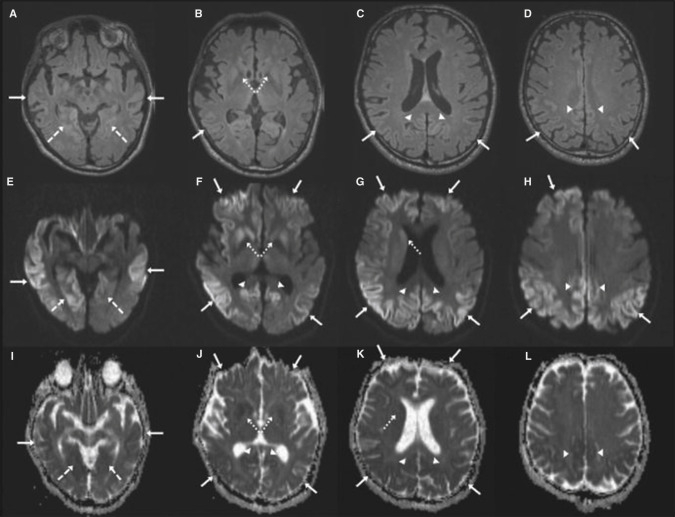
https://www.sciencedirect.com/ https://www.youtube.com/ -
Honeymoon rhino, also known as honeymoon rhinitis, is a type of nasal allergy or rhinitis that occurs after sexual stimulation. It usually resolves itself. The mechanism by which it occurs and disappears on its own is unknown. A study reported 23 allergy sufferers (9 women and 14 men), all of whom had experienced 5–15 minutes of sneezing, rhinorrhea, and nasal obstruction immediately after (but never before or during) sexual intercourse. All 23 participants were made to climb two flights of stairs three times to simulate the energy expenditure during a sexual experience, but none of them developed rhinitis as a result of these tasks. The precise mechanism through which sex causes honeymoon rhinitis is unknown. Certain theories, however, have been proposed to explain the phenomenon.
During sexual arousal, the symptoms include nasal congestion, irritation, watery secretions, mucous membrane inflammation, running nose, and sneezing. Sexual thoughts and arousal cause these people to sneeze. Sneezing can occur at any time during the sexual experience, regardless of external nasal stimuli or allergens. People who already have nasal congestion due to allergies or other factors may experience worsening symptoms during this time.
Sneezing in response to sexual orgasm may be an inherited trait that runs in families. Sneezing was previously thought to be inherited in an autosomal dominant pattern and to be caused by parasympathetic system-dependent mechanisms. It may be difficult to know because parents and children rarely discuss these topics in general.
https://www.youtube.com/ https://www.youtube.com/ -
Skin tone varies greatly from person to person and for a variety of reasons. However, everyone is familiar with the common range of skin tones, and it is rare to see someone whose skin tone could be described as surprising. This was not the case with the Fugates, who had blue skin.
There was a family of blue-skinned humans in the 1820s in a place called Troublesome Creek, Kentucky. Martin Fugate, the patriarch, was described as having "indigo blue" skin. He married Elizabeth Smith, and four of their seven children were born with blue skin.
A baby named Benjamin Stacy was born in the 1970s with skin that the doctor described as "blue as Lake Louise." He was the great grandson of Luna Fugate, who was the great granddaughter of Martin, and he was the same color as her. Martin passed on methemoglobinemia to his children, and the condition was passed down through inbreeding. The recessive gene remained in the family line and manifested itself again with the birth of Benjamin Stacy. Their hemoglobin is unable to transport oxygen through the blood, and many patients with the condition, which can also be caused by medication, will die. However, if enzyme levels are properly balanced, a person can live a full life, as did all of the Fugates. They'll just be a bright blue color.
https://www.youtube.com/ https://www.youtube.com/ -
You can easily find a colorblindness test online, and it will most likely be a circle made of colored bubbles. In the center, there will be a number made of reddish bubbles surrounded by green bubbles. You're colorblind if you can't read that number. But that is only one type of colorblindness, also known as red-green colorblindness.
There are several types of colorblindness, the most common of which is red-green. Another uncommon variant is blue-yellow, and monochromacy is even rarer. One in every 33,000 people is affected by this version, and they see no color at all. Everything in the world is black and white.
Monochromacy is very common on the tiny Pacific Oceans island of Pingelap. This is due to a tsunami that killed all but about 20 people on the island in 1780. One of the survivors, the king, had a genetic condition that caused monochromacy. He did his best to repopulate the island, and his descendants carried the colorblindness gene.
Patients must now wear dark glasses during the day because the sun effectively blinds them. Their night vision, on the other hand, is astounding. Around 10% of the island has the condition, and they can work and function, as well as the rest, during the day.
https://www.youtube.com/ https://www.youtube.com/ -
Several factors influence how much sleep a person requires. The Mayo Clinic has a chart organized by age that includes recommendations ranging from seven hours for adults to up to 16 hours for infants. However, seven or more hours of sleep is at the very bottom of the scale, and doctors generally agree that a lack of sleep can lead to a slew of serious health issues.
Having said that, there are some people who are genetically short-sleepers. The culprit is a DEC2 gene mutation. Those with the mutation can sleep for as little as four or five hours before waking up as refreshed as the rest of you, who require a full seven or eight hours.
The production of a hormone called orexin was altered in mice that had the same gene manipulated. Orexin regulates sleep and wakefulness. When it's time to wake up, your body produces it, and a narcoleptic produces too little. However, those with the altered gene wake up earlier than the rest of you, with no negative consequences. It is considered one of the genetic conditions with remarkably weird symptoms.

https://www.everydayhealth.com/ 
https://www.science.org/ -
Adermatoglyphia is characterized by the absence of ridges on the skin's pads of the fingers and toes, as well as on the palms of the hands and soles of the feet. These ridge patterns (called dermatoglyphs) form whorls, arches, and loops that serve as the foundation for each person's unique fingerprint. Fingerprints have long been used to identify individuals because no two people have the same patterns. People with adermatoglyphia, on the other hand, lack these ridges and thus cannot be identified by their fingerprints. Because affected individuals have had difficulty entering countries that require fingerprinting for identification, adermatoglyphia has been dubbed the "immigration delay disease."
Adermatoglyphia can occur in some families without any other signs or symptoms. In others, a lack of dermatoglyphs is associated with other characteristics, most of which affect the skin. Milia, or small white bumps on the face, blistering of the skin in areas exposed to heat or friction, and a reduction in the number of sweat glands on the hands and feet are examples. Adermatoglyphia is also a feature of several rare ectodermal dysplasias, such as Naegeli-Franceschetti-Jadassohn syndrome/dermatopathia pigmentosa reticularis, which affects the skin, hair, sweat glands, and teeth.
https://www.youtube.com/ https://www.youtube.com/ -
Klippel-Trénaunay Syndrome manifests itself in a variety of ways. Dark-colored birthmarks and overactive bone or soft tissue growth are common symptoms of congenital vascular disorder. It can be crippling for many people. Because it frequently manifests in a single limb, it can result in things like fingers or toes fusing. But it turned out to be an odd blessing for Matthias Schlitte, the German Hellboy.
Despite online rumors to the contrary, Schlitte has confirmed that he was born with the condition. And in this case, "this" refers to that arm. Schlitte became a professional arm wrestler as a result of his Klippel-Trénaunay Syndrome, which caused his arm to become unusually muscular. Though he appears to have spent his entire life lifting weights with one arm, the condition is primarily to blame for what has occurred.
He discovered as a child that one arm was simply much stronger than the other. He took up arm wrestling after being encouraged by his mother and has used it to his advantage. His arm grew to 46 centimeters, or about 18 inches in diameter, whereas the average bicep is less than 14 inches.
https://www.youtube.com/ https://www.youtube.com/ -
Favism sounds so similar to favoritism that you might not realize it's a genetic condition at first. However, it is a condition that affects people who lack the enzyme glucose-6-phosphate dehydrogenase. This enzyme is necessary for the maintenance of red blood cells. Even if you do have the condition, you should be fine in general. The issue arises when a person with it consumes certain compounds found in medications or certain foods. When these are consumed, red blood cells can burst within the body, resulting in severe anemia.
So far, it appears to be a strange condition, but not all that strange. That comes into play when you consider what causes this anemia reaction. It's made from fava beans, hence the name favism. You can get the same effect by eating broad beans, which are related to fava beans and contain the same glucoside compounds.
The symptoms will appear within six to twenty-four hours. Victims may develop jaundice and have dark urine. The condition has the potential to be fatal.
https://www.youtube.com/ https://www.youtube.com/ -
Snatiation is a fun word to say, but it is a strange condition to have. The name is a portmanteau of "sneezing" and "satiation," and it describes what happens when you have the condition. Those who have it sneeze after they have finished eating.
The condition, which was first identified in 1989, has received little attention because let's face it, it isn't a pressing concern for most people. Essentially, what happens is that you sneeze a few times after eating a filling meal. The case was first reported by a man who sneezed four times after each meal, and the majority of his family did the same. So it was clearly genetic in nature. One person recorded 22 sneezes as a personal record. To be sure, it's annoying, but it's not dangerous. The type of food has no effect on the condition, and the sneezing isn't constant, painful, or even disruptive, but it can last a lifetime. This is one of the genetic conditions with remarkably weird symptoms.
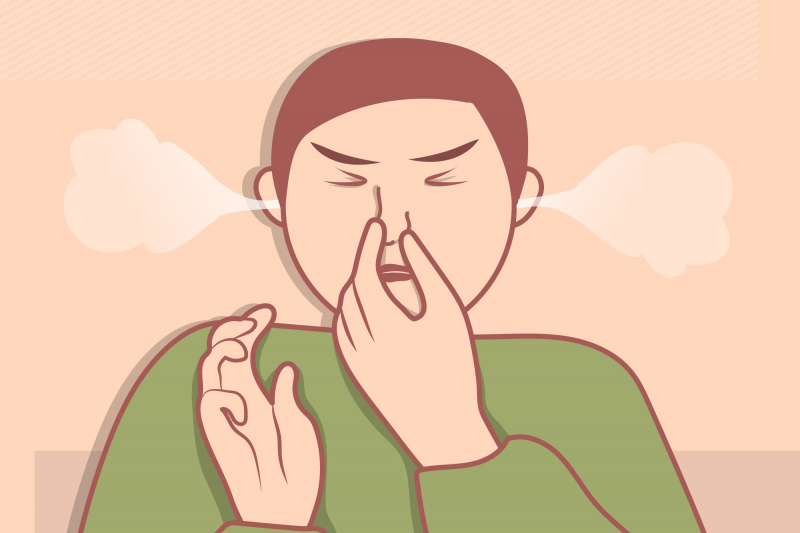
https://www.livestrong.com/ https://www.youtube.com -
When it comes to genetic conditions with remarkably weird symptoms, can't help but mention Angelman syndrome. Angelman Syndrome affects approximately one in every 12,000 to 20,000 people. It is caused by a problem with a gene on chromosome 15. Either the maternal copy of the gene is damaged, or two paternal copies are present.
Angelman syndrome can cause developmental delays as well as balance and speech problems. However, the condition has some other characteristics that set it apart. One of them is how it affects the temperament of children born with it. Despite having intellectual disabilities, children with Angelman's are frequently noted to have unusually happy and excited personalities. The syndrome is characterized by smiles and laughter.
Angelman patients typically live as long as those who do not have the condition, though they may require lifelong care. Another distinguishing feature of the condition is that many of those diagnosed with it have an obsession with water.
https://www.youtube.com/ https://www.youtube.com/
















